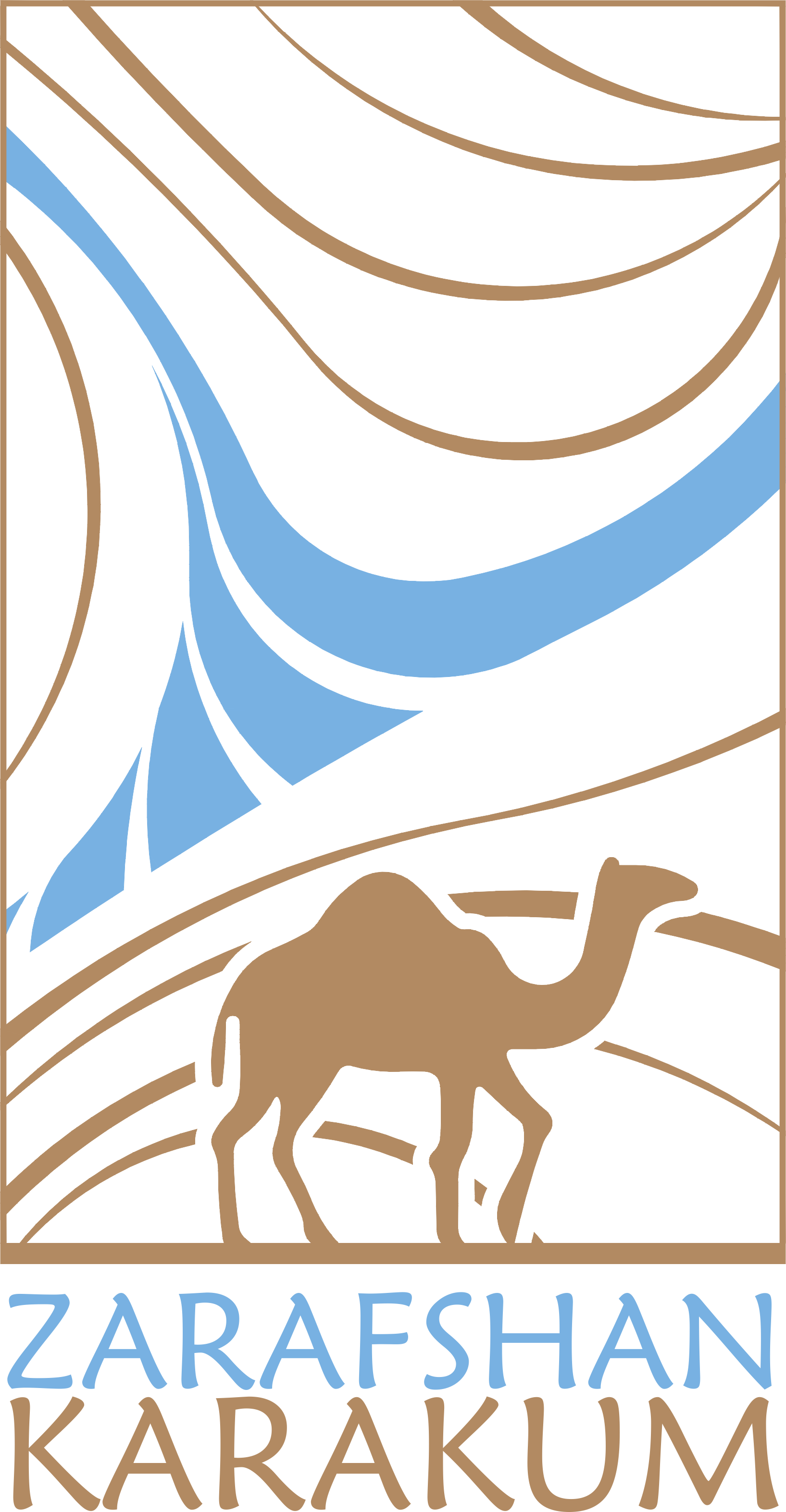SANJARSHAKH SETTLEMENT
The Sanjarshakh settlement is a Sogdian town and one of the major urban centers in the Upper Zarafshan valley and the largest settlement in the vicinity of Penjikent. It controlled the trade route to the Kashkadarya valley via Magiandarya. Unlike Penjikent, Sanjarshakh continued to exist in the early Samanid period providing a rare example for the region of a transition of a Sogdian urban space from 8th to 9th century.
TJ-08
The Society for the Exploration of EurAsia
Sanjarshakh settlement
TJ-08
Sanjarshakh exhibits some of the best preserved and impressive examples of Sogdian domestic architecture in Central Asia, which in some places stands up to the height of 6 meters. The excavations so far have exposed a remarkable round tower, a craftsmen-quarter and households belonging to common citizens. In recent seasons, a monumental palatial building is being excavated in the western part of the site. Sanjarshakh shows evidence of trade and extensive cultural contacts with Iran and China. Notable finds include wall-paintings, carved wood, fragments of textiles including a complete child shirt, a Chinese bronze mirror and fragments of the earliest Arabic documents written on (imported Chinese) paper. Sanjarshakh reflects town planning, fortifications, monumental art, exchange of trade goods and ideas along the Silk Roads. The palace of the Sanjarshakh settlement is a testimony to Sogdian palatial structures of petty rulers, who were engaged in the Silk Road trade, whereas its unique dungeon tower is an example of strongholds of Sogdiana and Margiana that developed through the course of time and demonstrate various models of castle construction.

